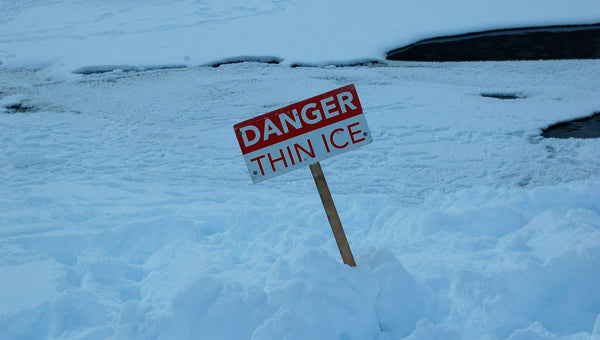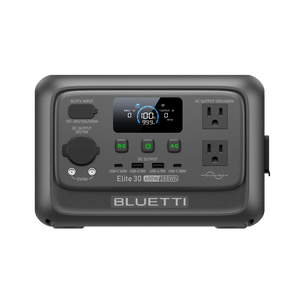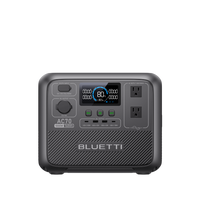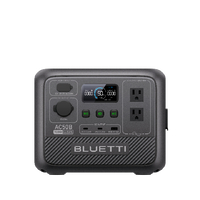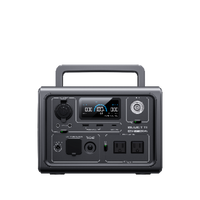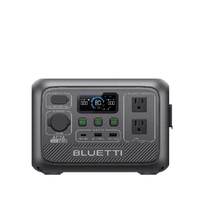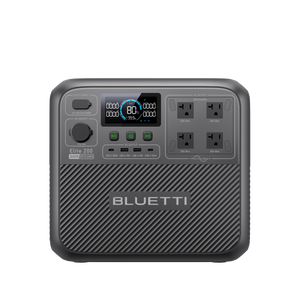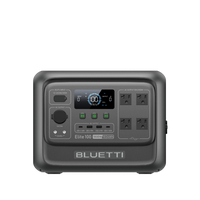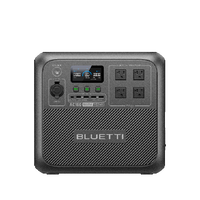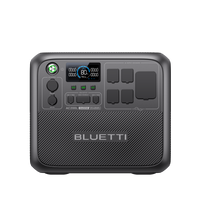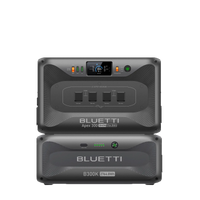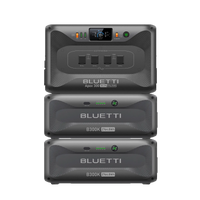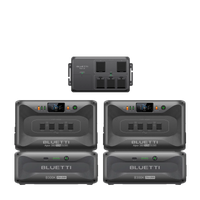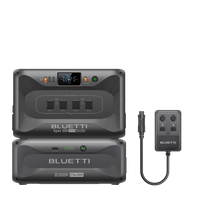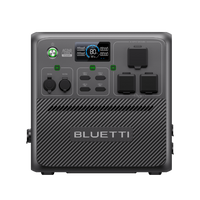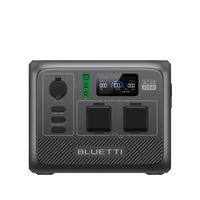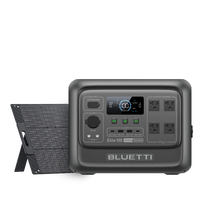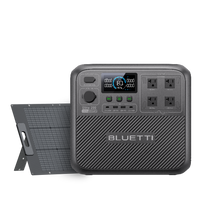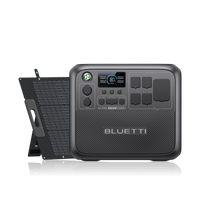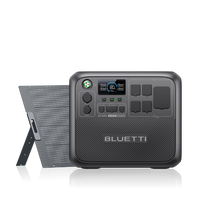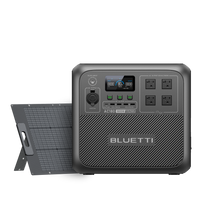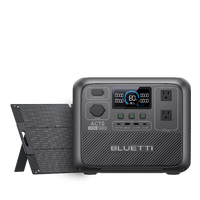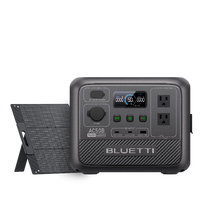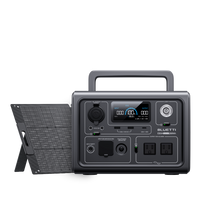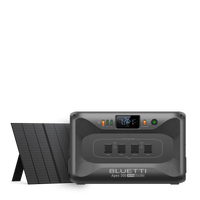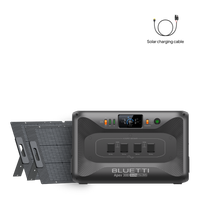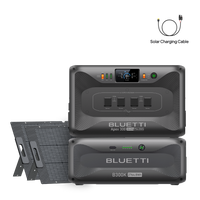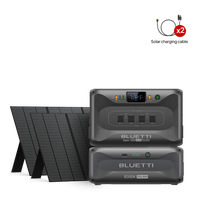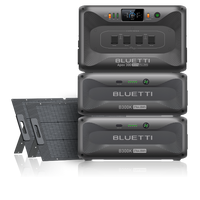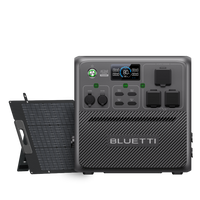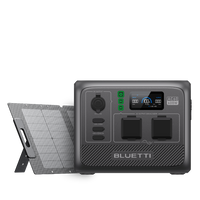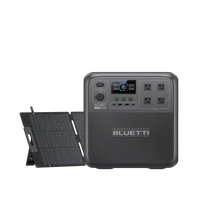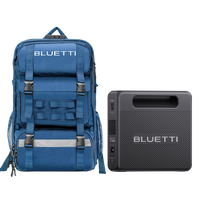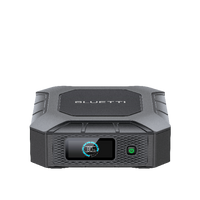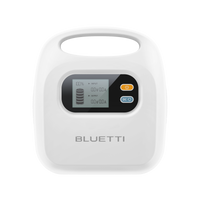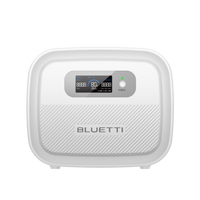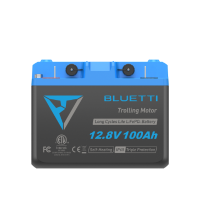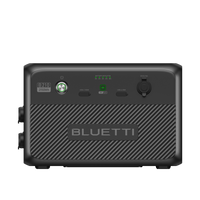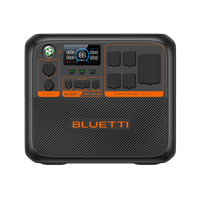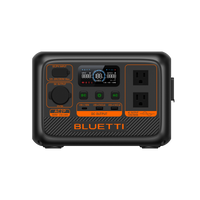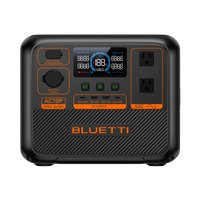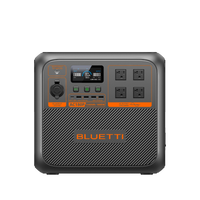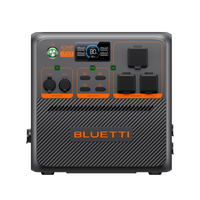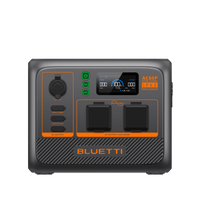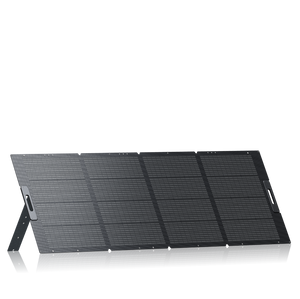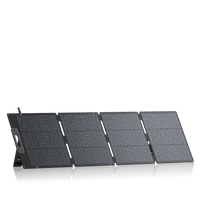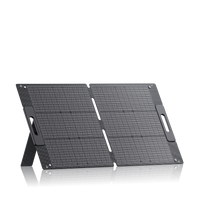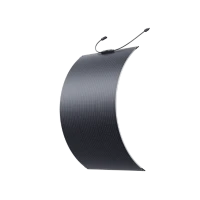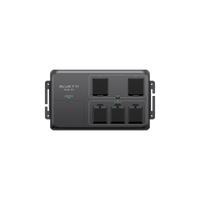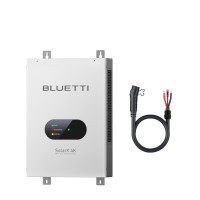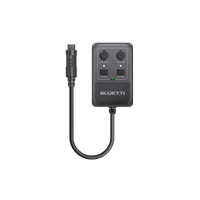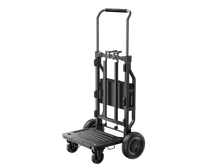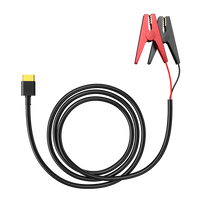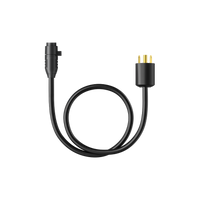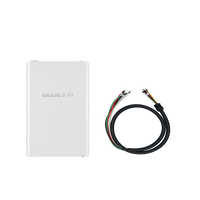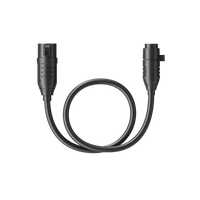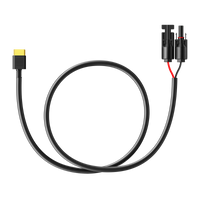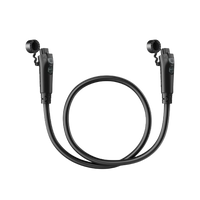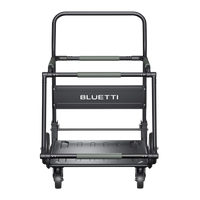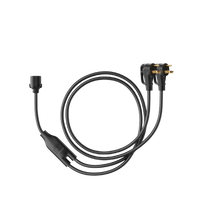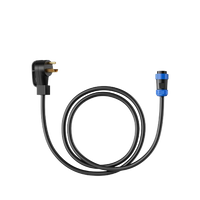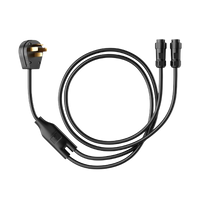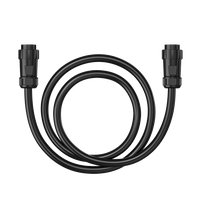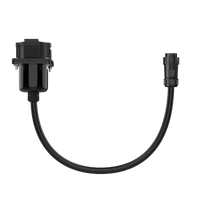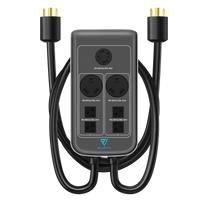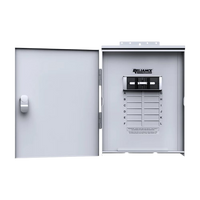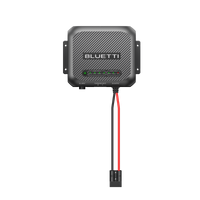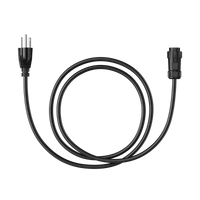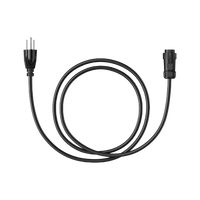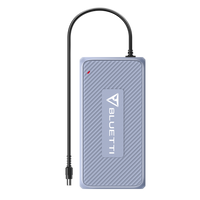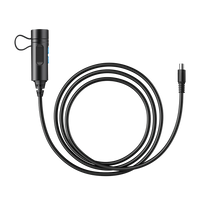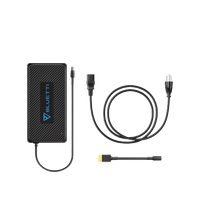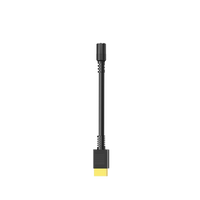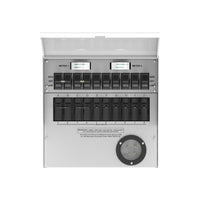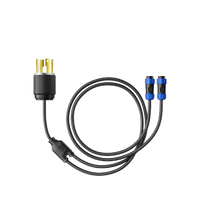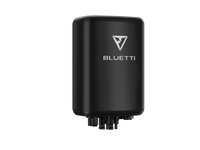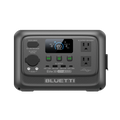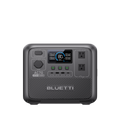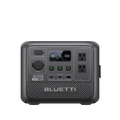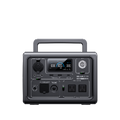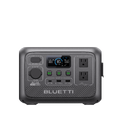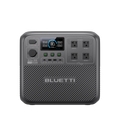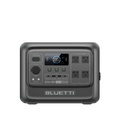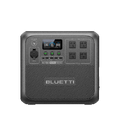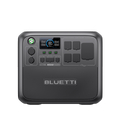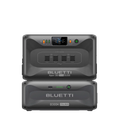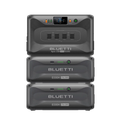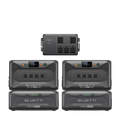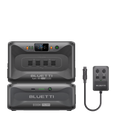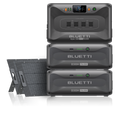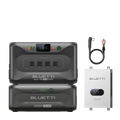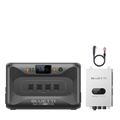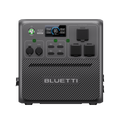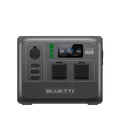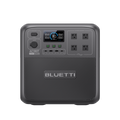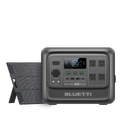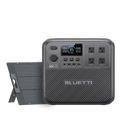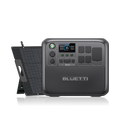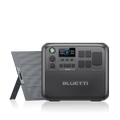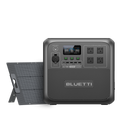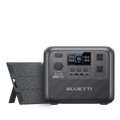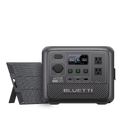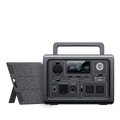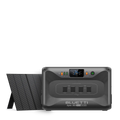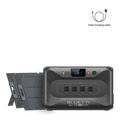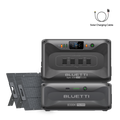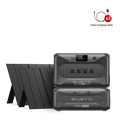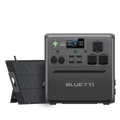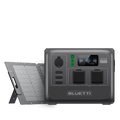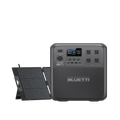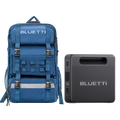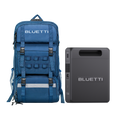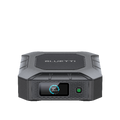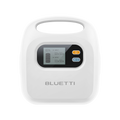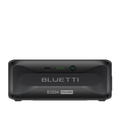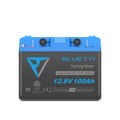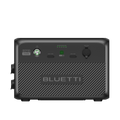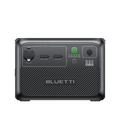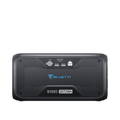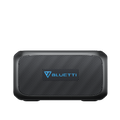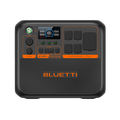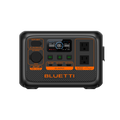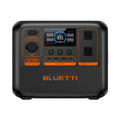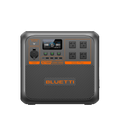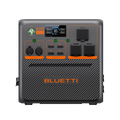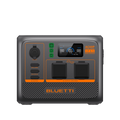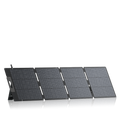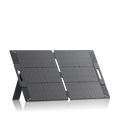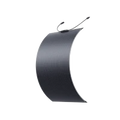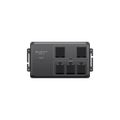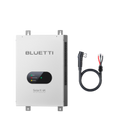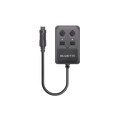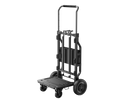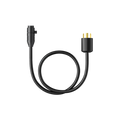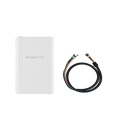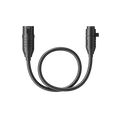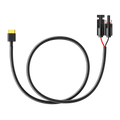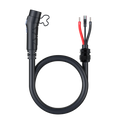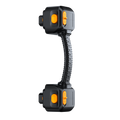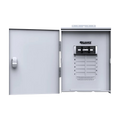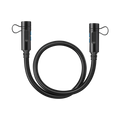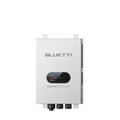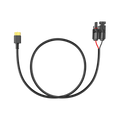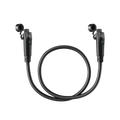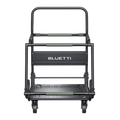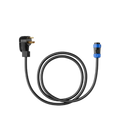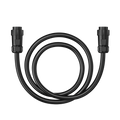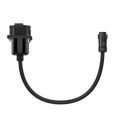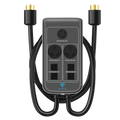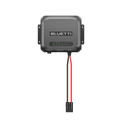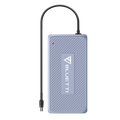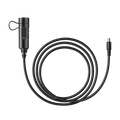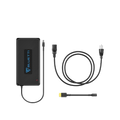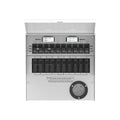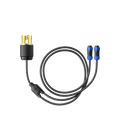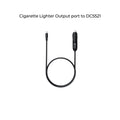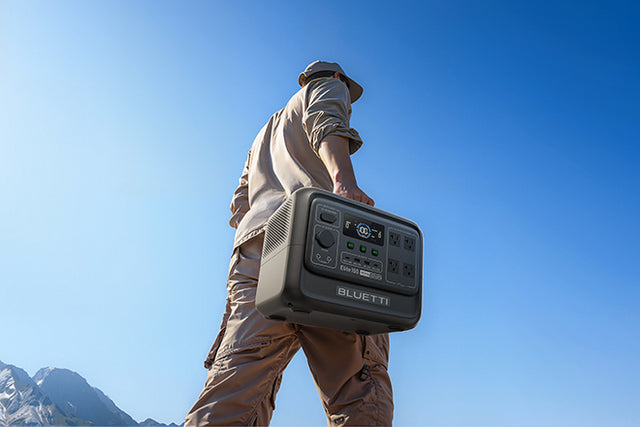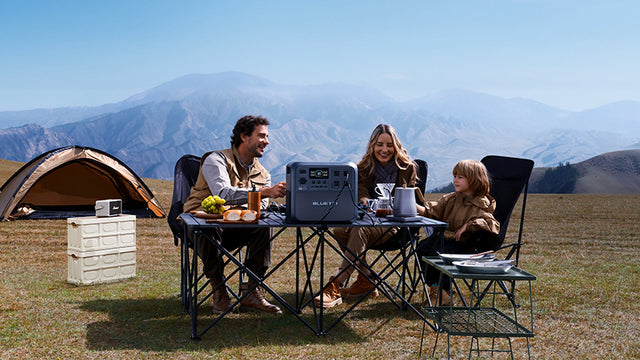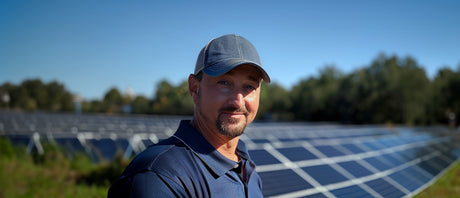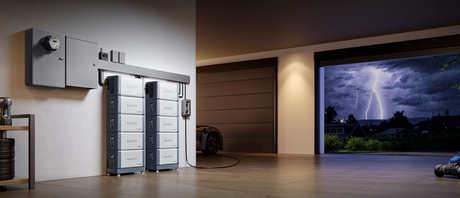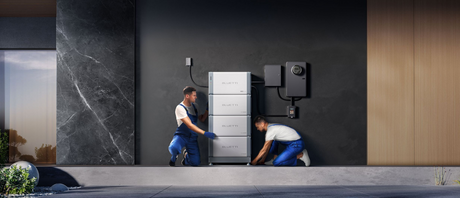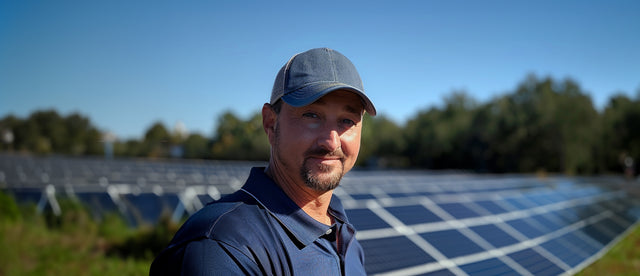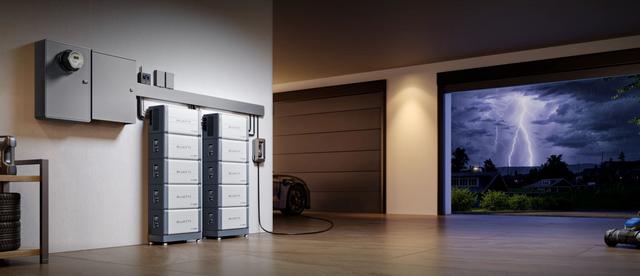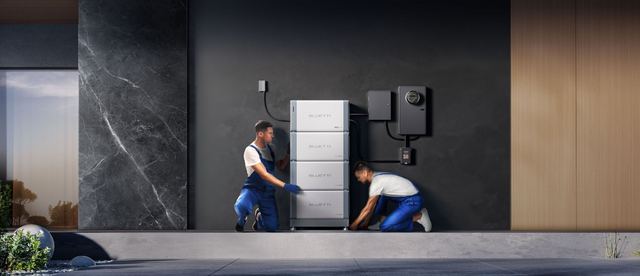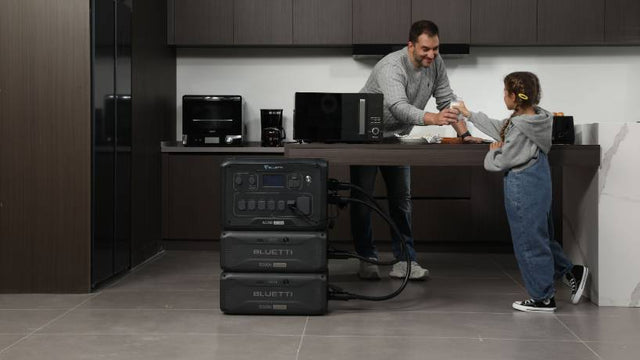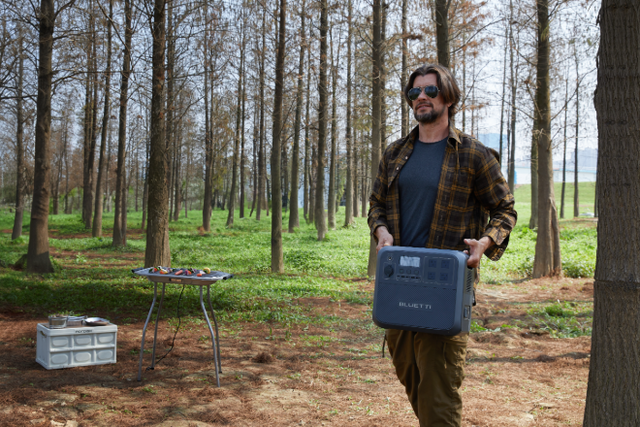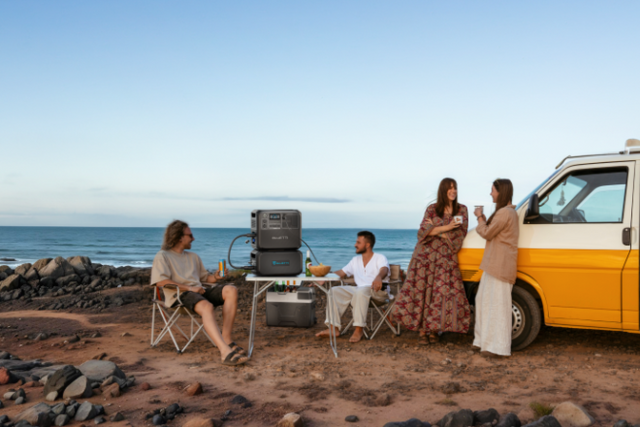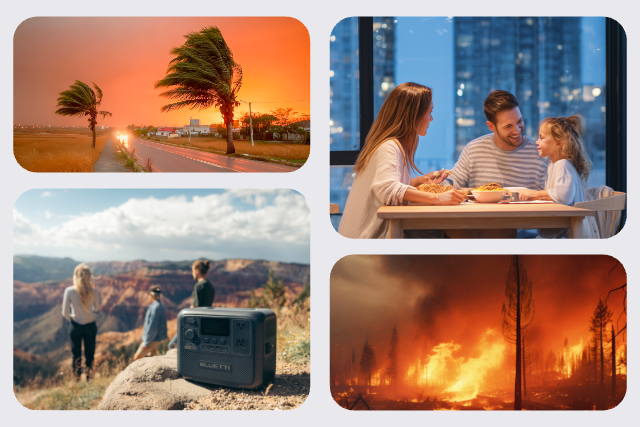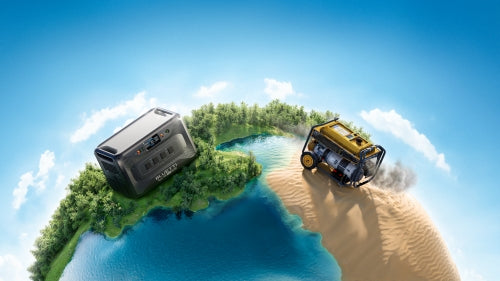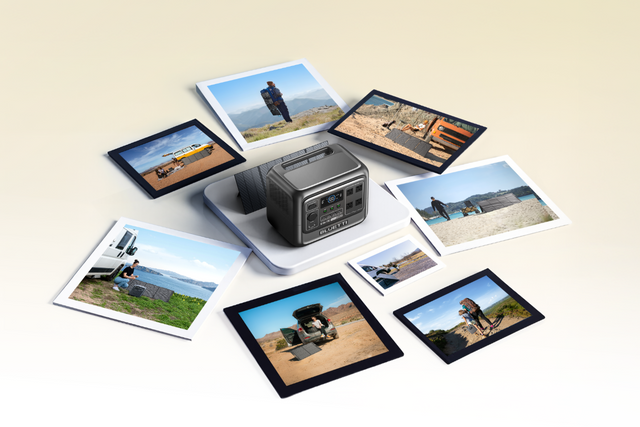Your cart is empty
Shop our productsYou're curled up at home, rain hitting the windows. Your phone buzzes with a "Flash Flood Watch" alert. A couple of hours later, another alert pops up, "Flash Flood Warning".
Now you're wondering… okay, what's the difference? Am I supposed to just wait this out, throw some stuff in a bag, or run for higher ground?
You're not alone. These alerts confuse a lot of people. But here's the thing: knowing the difference isn't just trivia. It can literally save your life.
Flash floods are sneaky. They're one of the deadliest weather events in the U.S., second only to extreme heat. And they don't creep in slowly. Sometimes, within minutes, rushing water can take out cars, tear through houses, and sweep people away.
That's why it's worth locking down the basics: what a watch means, what a warning means, and exactly what you should do when those alerts light up your phone.
What a Flash Flood Watch Really Means

When you see a flash flood watch pop up, it doesn't mean water is already rushing down your street. It means the setup is there, like soggy ground, heavy rain in the forecast, or snow melting faster than usual. Basically, the stage is set, and flooding could happen if conditions line up.
Some common triggers for a watch:
- Forecasts are calling for long stretches of rain or sudden downpours.
- A mix of melting snow and new rainfall (a nasty combo).
- Worries about a dam or levee holding up.
- A tropical system is moving in.
So, what should you actually do during a watch?
- Keep an eye on updates; a weather radio, apps, or local alerts are your best bet.
- Take a minute to check your emergency kit: flashlight, batteries, water, meds, and first aid.
- Think through your exit plan if you live near rivers, low spots, or areas that tend to flood.
- Charge up your phone and power banks; outages happen.
In short, during a watch, stay prepared without panicking. You just need to be ready, so if things turn serious, you're not caught scrambling.
What a Flash Flood Warning Means

Okay, this one's serious. A flash flood warning means it's not just a "maybe." Flooding is already happening, or it's about to hit very soon, where you are. When you get this alert, you don't have a lot of time to think things over; it's time to move.
Situations that usually trigger a warning:
- Local officials or neighbors are already seeing flooding.
- Radar shows water levels shooting up fast.
- A dam or levee is in real trouble.
What you should do right away:
- Head for higher ground immediately. Don't wait to "see if it gets bad."
- Stay out of the water, seriously. Just half a foot of moving water can knock you down, and a foot can float a car.
- Never, ever drive through a flooded road. Two feet of rushing water can take most vehicles downstream.
- Keep tuned in to official alerts, whether it's an evacuation order or instructions to shelter where you are.
The mindset here is simple: don't delay, don't gamble, and protect yourself and your loved ones first. Possessions can be replaced. Lives can't.
Flash Flood Watch vs Warning: A Quick Comparison
To simplify, here's a side-by-side look:
|
Feature |
Flash Flood Watch |
Flash Flood Warning |
|
Meaning |
Conditions are favorable for flash flooding. |
Flash flooding is occurring or imminent. |
|
Urgency |
Be alert; stay prepared. |
Immediate action is required. |
|
Timing |
Issued hours up to a day in advance. |
Issued minutes to an hour before/when flooding occurs. |
|
Your Role |
Monitor, plan, and prepare supplies. |
Move to safety, avoid floodwaters, and follow orders. |
|
Example Action |
Ready evacuation kit and vehicle. |
Head to higher ground right away. |
This table makes it clear: a watch is about preparation, and a warning is about survival.
Spotting Flood Warning Signs in Real Time

Paying attention to clues can buy you a little extra time to act.
Watch out for these red flags:
- Streams or rivers rising fast: if the water's climbing quicker than normal, it may spill over soon.
- Heavy downpours, a lot of rain in a short time, can overwhelm drains and ditches.
- Weird-looking water—muddy, full of debris, or showing up where it normally doesn't flow? That's a bad sign.
- New sounds, a sudden roar or rushing noise in a usually quiet valley, can mean floodwaters are moving in.
- Pooling on roads, even shallow puddles can deepen fast when the rain keeps coming.
Key takeaway: trust your gut and your surroundings. If nature's throwing up these warning signs, don't wait for an official alert; act like the flood is already on its way.
Emergency Preparedness and Safety Tips

When it comes to flash floods, being ready ahead of time makes all the difference. A few simple steps can keep you and your family a lot safer.
Stay Informed
- Downloading a good weather app pushes alerts straight to your phone.
- Keep an old-school backup too, a battery-powered or hand-crank NOAA radio.
Plan Ahead
- Know the high ground near your home, school, and workplace.
- Talk through evacuation plans with the family, and make sure kids and older relatives know the drill.
- Even better, practice the route once in a while; it's easier to stay calm when you've walked it before.
Emergency Kits
- Stock up on bottled water, non-perishable food, basic meds, first aid gear, flashlights, and batteries.
- Toss in waterproof copies of IDs and important papers; you don't want to be scrambling for them later.
Vehicle Safety
- Remember the golden rule: Turn Around, Don't Drown. Don't try to drive through floodwaters, ever.
- If heavy rain is forecast, move your car to higher ground ahead of time.
During the Flood
- Stay off bridges when water is moving fast; they can wash out without warning.
- Never wade or swim through floodwater. It's deeper, dirtier, and stronger than it looks.
- Keep pets close, on a leash or safely inside.
After the Flood
- Watch for downed power lines and other hidden dangers.
- Don't trust tap water until officials say it's safe.
- Take photos of any damage for insurance before you start cleaning up.
Preparedness isn't about panic; it's about giving yourself options when the water rises.
The Role of Portable Power in Emergencies
When flash floods hit, power outages are almost a given. The lights go dark, your phone battery starts dropping faster than you'd like, and suddenly, even simple things like listening to weather updates, charging a flashlight, or running medical equipment become urgent. That's where having backup power really pays off.

Portable power stations are one of the best tools for this. A larger unit, like the BLUETTI Elite 100 V2, can push out enough juice to keep the essentials running for hours or even days—things like radios, CPAP machines, laptops, and even a mini-fridge for food or medication. With a 1,024Wh capacity and multiple AC/DC outlets, it's built for hunkering down through a prolonged blackout.

On the other hand, a smaller model such as the BLUETTI Elite 30 V2 is built for mobility. It's lightweight and easy to carry during an evacuation and still powerful enough (around 288Wh capacity) to recharge phones, GPS devices, flashlights, or two-way radios multiple times over. Think of it as a grab-and-go lifeline when you can't rely on the grid.
Both types often include USB-C fast charging, standard AC outlets, and solar panel compatibility, so even if the outage drags on, you've got ways to keep topping them up.
At the end of the day, it's not about brand names; it's about making sure you've got something that keeps you connected, powered, and safe. In an emergency, portable power isn't a luxury. It's peace of mind… and in some cases, it's survival.
Conclusion
At first glance, the difference between a flash flood watch and a warning might feel small. But in reality, it's the gap between "get ready" and "move now." A watch means conditions are lined up, so you should prepare. A warning means it's already happening—or about to and you need to act without hesitation.
Knowing those alerts, watching for nature's own warning signs, and having a plan ready can literally save lives, yours and the people you care about. Stocked emergency kits, mapped-out evacuation routes, and even something as simple as a charged power bank or a Bluetti power station all add layers of protection when the water rises.
So when the rain pounds and that alert lights up your phone, don't shrug it off. Respect it. Move fast. And above all, put safety first.
FAQs
1. How much time do you usually have after a flash flood warning?
Not much, sometimes just minutes. A watch might give you hours to get things ready, but a warning means flooding is already happening or about to happen. That's your signal to act right away.
2. Can flash floods really sweep away cars?
Yep. It doesn't take as much water as you'd think. About a foot of moving water can lift smaller cars, and 12–18 inches can carry off most vehicles, even pickups and SUVs. Two feet? That can move trucks and vans. Bottom line: don't risk it.
3. Do watches and warnings apply at night?
They sure do. Floods don't keep office hours. In fact, nighttime flash floods can be more dangerous because you can't see the water rising or the road damage until it's too late. If your phone buzzes with an alert at 2 a.m., take it just as seriously as you would in the middle of the day.
4. What's the difference between a flood warning and a flash flood warning?
A flood warning usually covers slower flooding along rivers or streams that builds up over hours or days. A flash flood warning means water is rising fast, minutes to a few hours after heavy rain, or after something sudden like a dam break. Think of it as the difference between water creeping up… and water rushing in.
Shop products from this article
Be the First to Know
You May Also Like

Ring of Fire: What Happens If the Volcanoes Erupt All at Once?
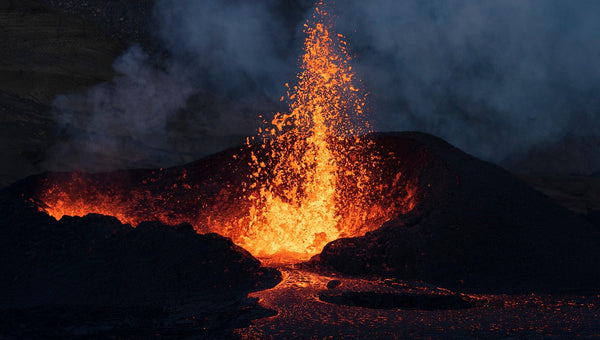
Axial Seamount Eruption 2025: What Really Happens If This Volcano Blows
